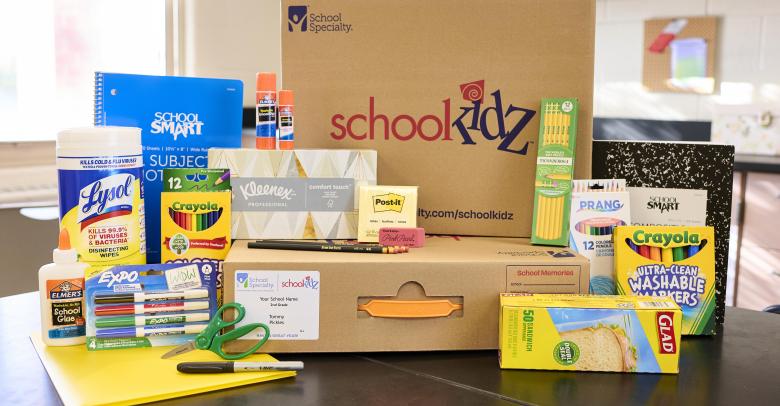Even though a photographic memory or automatic recall would be the most efficient, most of us must resort to note-taking. Note-taking is especially important during lecture-style courses. It is also important to take notes while reading – especially when reading textbooks. Taking notes helps students not only remember what they heard or read but also understand it as well. Share the following tips with your students on how to take notes that they can look back at and recall what they learned.
Write down only the main points and some supporting facts.
- Summarize the introduction to get the main topic or idea.
- Keeping the main subject in mind, listen or read for key points. Give each new point a new section in your notes. Your textbook headings will give main points away, and your teacher will probably emphasize certain things and pause before each new major point. Under each point, jot down a few bits of “proof,” examples, or important details.
- Summarize the conclusion.
One popular method of note-taking you should try is the Cornell method.
Draw a margin on the left side of your page, about one-third of the way in, and leave the left-hand column this creates blank.
Write your notes (as suggested above) in the remaining two-thirds of the page. Later, use the blank column to fill in quick summaries, important definitions, key words, questions, examples, illustrations, or mnemonic devices.
NOTABLE NOTES:
- Use your own words.
- Use initials and abbreviations.
- Put your notes in point form.
- Generally, write down anything that’s on the board.
- Listen 80% of the time; write 20% of the time.
Enrich Your Classroom by adding topical supplements from Premier. Convenient, easily accessible resources for students to increase their learning on specific topics. Visit us at Premier.us.






Leave a Reply